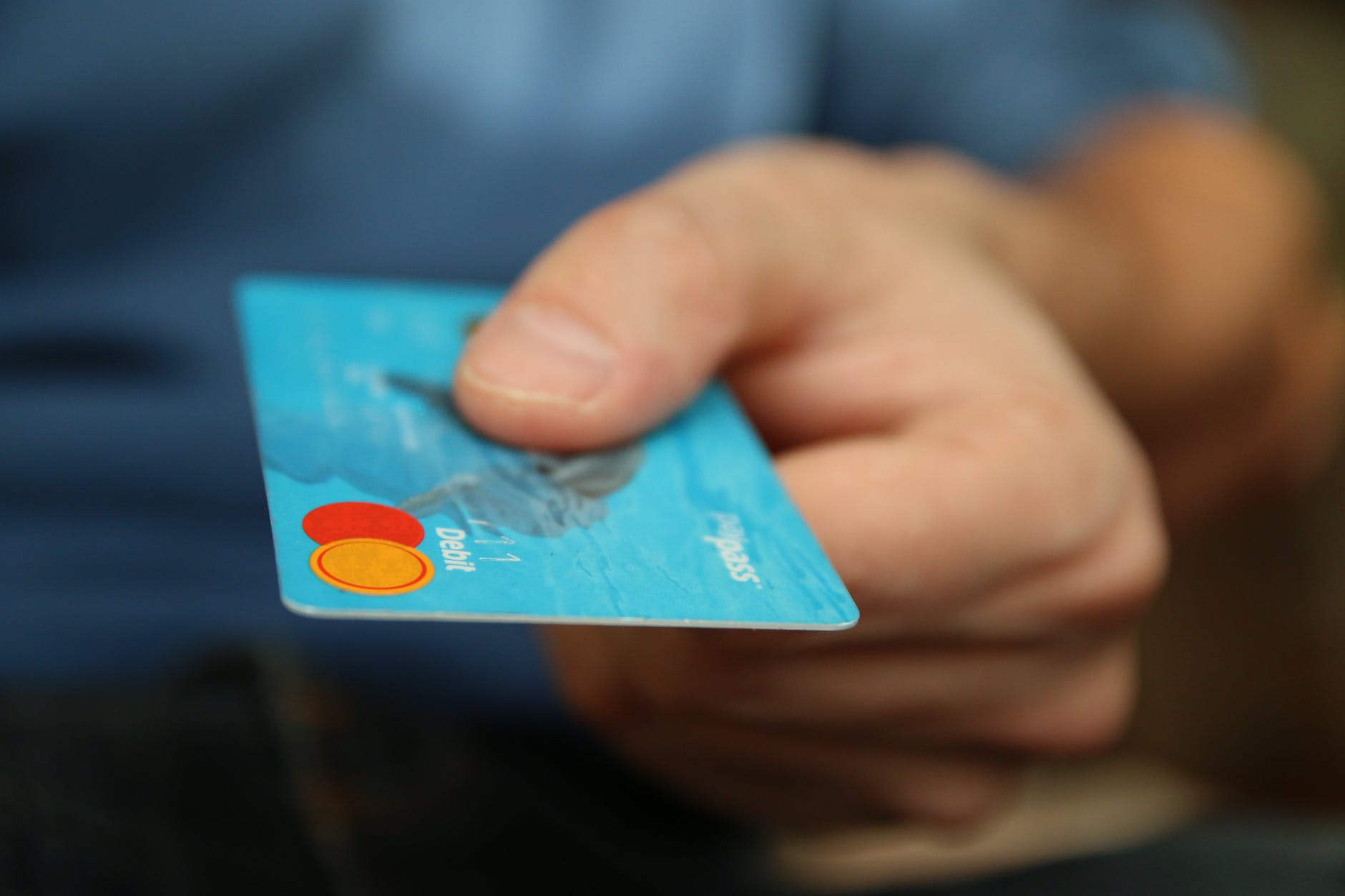HOW TO SNOWBALL DEBTS
by: Remie Longbrake | published: December 5, 2022
The debt snowball method works by building a snowball-like momentum as you gradually pay off debts. To do this, pay off the smallest debt first and move on to the next-smallest debt. Then, continue through the rest of your loans with the same approach. During the process, continue making the required minimum payments on all of your loans, putting any extra money each month toward the smallest loan balance. Dave Ramsey originally popularized this method, and since then, many people have used it to successfully pay off their debts.
How the debt snowball method works
1. Get organized
Make a list of all of your debts. Order them from the smallest balance at the top of the list to the largest at the bottom. As you build your list, ignore the interest rates, monthly payment amounts, and other loan features. Focus only on the balance.
2. Pay the minimum
If you don’t pay the minimum required on all of your loans and credit cards, you may have to pay fees and penalties, and it may damage your credit score.
3. Pay extra on your small balance
Each month, put any extra money available toward the credit card or loan at the top of your list. Your goal is to aggressively pay off that smallest balance first.
4. Build on your success
After paying off your smallest balance, cross it off the list and move on to the next-smallest balance. Take everything you were paying toward the smallest loan and apply that to the next one, on top of the minimum payment you were already making. As you finish paying each debt, your total payment toward the next one will grow larger and larger.
Debt snowball vs Debt avalanche method
The debt snowball differs from another popular debt repayment strategy—the debt avalanche. The avalanche method, also known as debt stacking, prioritizes debts with the highest interest rate (instead of the smallest loan balance). It lowers your total interest costs and will make you debt-free faster, but it may not give you those quick wins to stay motivated.
When should I use the debt snowball method
The debt snowball is an excellent debt elimination strategy. If you enjoy positive reinforcement in small victories and don’t have a lot of high-interest debt, it could be a good option for you.
The snowball method isn’t right for everyone, though. In some cases, it might not make sense to accelerate your payments on certain debts. For example, if you’re pursuing Public Service Loan Forgiveness for federal student loans, the Department of Education might allow you to stop paying after 120 qualifying payments. If successful, the remainder of your debt will be forgiven, so there isn’t much benefit to paying extra. Instead of paying extra on those loans, it may be best to pay as little as possible under income driven repayment and put extra money towards other high-interest debts.
Whichever strategy you choose, it’s important to find the one that you feel you’ll be able to stick to until all your debts are paid. The avalanche, for example, won’t save you money if you end up stopping halfway.
In closing
The debt snowball method is a great tool to help lower and eventually pay off debts. Remember to not burden yourself with more debt once you’ve started paying down debts. Also ask your creditors for relief and speak with their staff to work on a suitable payment schedule.
It is our recommendation to always consult with a licensed and reputable financial expert. This educational article is not specific advice. We strive to present quality, effective content. For specific references to our content please use our contact page.
